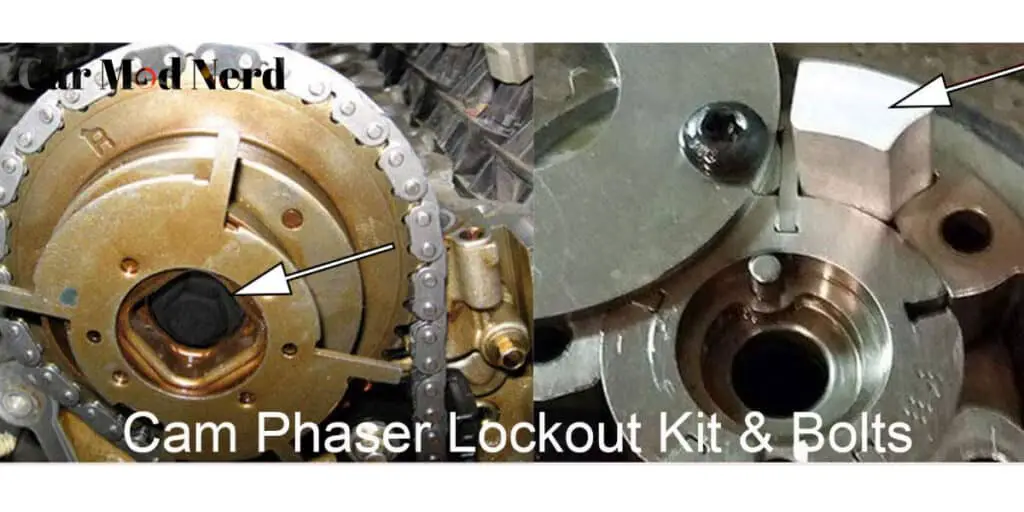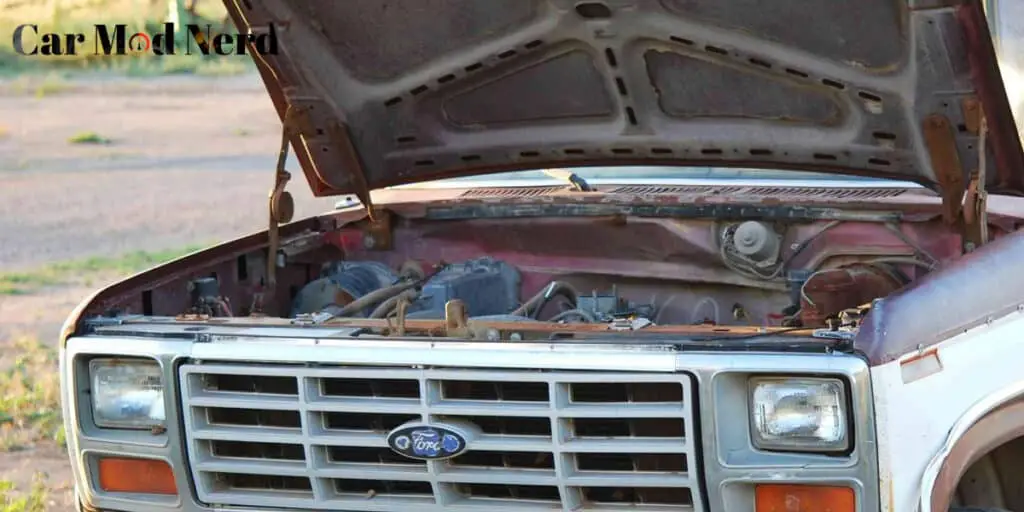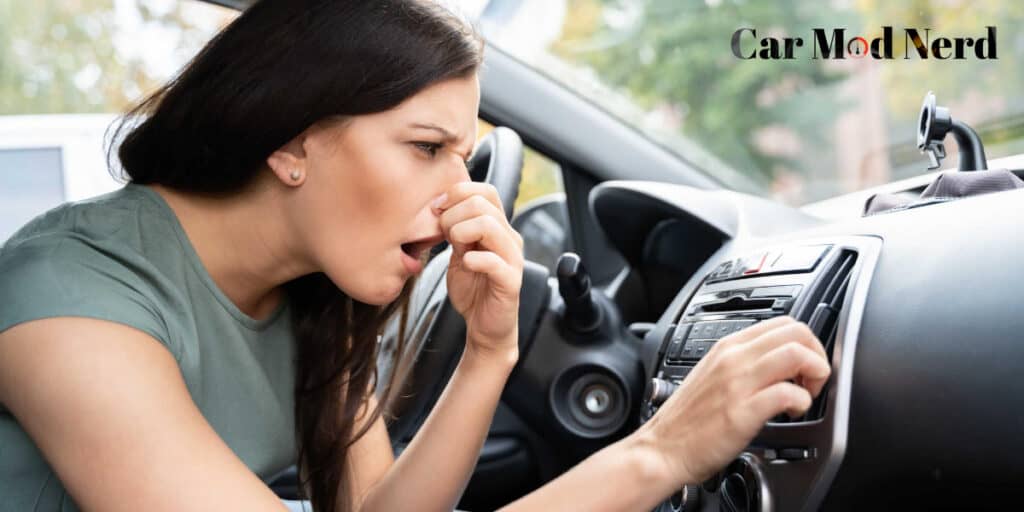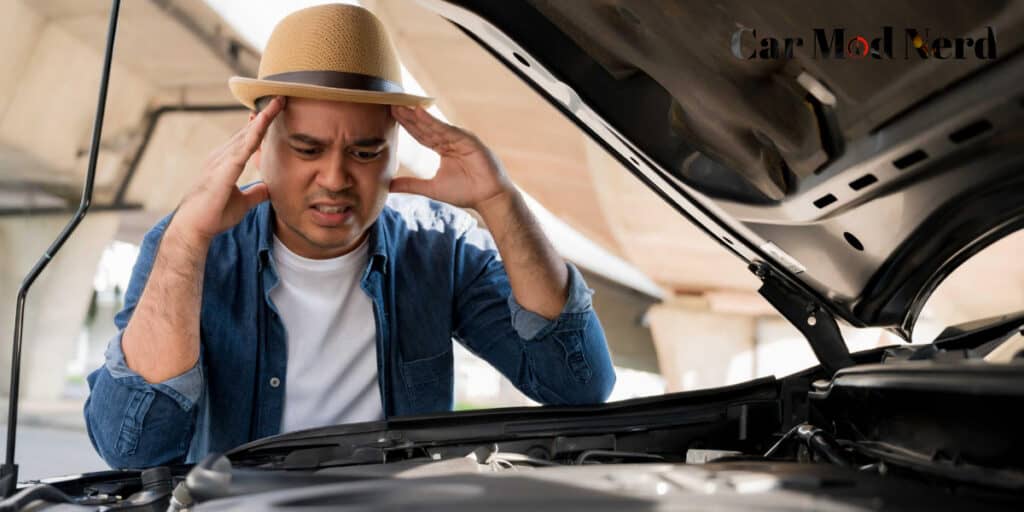L in gear sift means low, as in low gear or lower gear. You may have come across different letters on your gear shift. These letters are P, R, N, D, and L. These letters denote various transmission states and modes for your vehicle, as shown below.
- Park keeps your car stationery
- Reverse enables you to back up your vehicle
- Drive moves your vehicle forward
- Neutral assists you while pulling or pushing your car without engaging the engine
Read my guide on what does S mean on a car here.
What Does L Mean On A Car Gear Shifter
The ‘L’ in your gear shift means low. By engaging low gear, less fuel enters your engine, giving you less motor power and less speed. It does this by keeping your car in first gear. This means that transmission won’t shift as it would while your vehicle is in D (drive).
If you are familiar with how a manual car operates, this would mean engaging the lower gears, i.e., 1st gear and 2nd gear.
At low gear, you get more torque which helps if you are navigating through poor road conditions, challenging obstacles, and while towing something.
Read my guide on what does TC mean on a car here.
History of Low Gear’ L’ In Cars
According to the National Museums Of American History, the automatic transmission is considered the most significant automotive invention of the 20th century. Driving before the invention was an uphill task as one had to control the brakes, clutch, and throttle levers while steering.
Since the 1940s, low gear was a requirement for automatic cars since brakes were not as good as they are now. The engines were also not as powerful as today’s cars, so engaging low gear would have been the only way to increase torque for those uphill tasks.
Can you practice driving without a permit? Learn here.
The Functionality of The Low (L) Gear
By downshifting to L gear, the car remains at the lowest gear for as long as you want to keep it that way. The following are various reasons why you would like to engage the low gear in your car.
- While navigating through poor road conditions
- Going down steep hills
- Ascending Steep inclines
- Towing other vehicles or cargo or camper
The modern adaptation of the L gear
In recent times, most drivers do not even know the use of the low gear as they rarely engage it. It is also only present in some car models. Some car models shift to low gear automatically while you are slowing down to park or in traffic.
However, it is crucial to know when to engage low gear as misusing it could damage your car’s transmission.
Can you drink non alcoholic beer while driving? Here’s my take on it.
What Does L Mean On A Car Engine Model
An L in the engine model of a car indicates the engine’s capacity, measured in liters. The engine size or engine displacement is proportionate to the air and fuel that a car’s cylinders can accommodate. This is measured in cubic centimeters, whereby 1000cc is equal to a liter.
The engine’s capacity is usually rounded off to the nearest tenth, for example, 2.7l, 1.4l, and so on.
My guide to 5w30 vs. 5w20 here.
What does the L in the engine model of the car do
In an engine, the cylinders are the power unit where gas is burned to produce power. There are engines with four, six, and even eight cylinders.
An engine with more cylinders has higher displacement, which translates to more power. On the other hand, engines with a smaller displacement offer you more fuel economy.
Engine Size History
Before the 1980’s manufacturers and mechanics measured engines’ displacement in cubic inches (CID), sixty-one cubic inches were equivalent to 1L. So an engine size of 92cubic inches would convert to a 1500cc or 1.5l engine.
In earlier times, cars with larger engines directly translated to more power. While comparing two older model cars, a 5.3l engine was more powerful than a 2.7l engine.
Functionality Of Engine Size
A car engine’s size is one of the aspects you should consider while buying a car. Traditionally, getting a car with a larger engine was advised as it translated to more power; however, times have changed, and engine size does not always matter while choosing a car.
Cars with smaller engines (1.0l to 1.9l) will give you more fuel economy but less power. Larger engines will provide you with more power and, therefore, more speed.
The Modern Adaptation of Engine Size
In recent times, the introduction of turbocharged engines has made smaller engines more powerful. Turbocharge technology uses exhaust gases, which in older models are considered waste, to inject more air into the engine’s cylinders. A 1l turbocharged engine could yield more power than a 1.6l regular engine.
This not only gives its more power by increasing the air: fuel ratio but also reduces emissions by utilizing exhaust gases.
Car enthusiasts, however, still prefer cars with larger engines because they yield more power. They also produce better noise, which is considered fun by lovers of high-speed vehicles.
Read my guide on why does your car AC smell like vinegar here.
L On A Car FAQ
Your car may have many abbreviations that you may not know, but at least now you know what do two different L mean on your car. Remember to engage the low gear while towing, negotiating steep ascents and descents, and on those icy and muddy roads.
When selecting a car, you should never forget that size does not always matter in engine size; your specific needs should guide you in choosing the right engine. Read what does SE mean on a car here.





